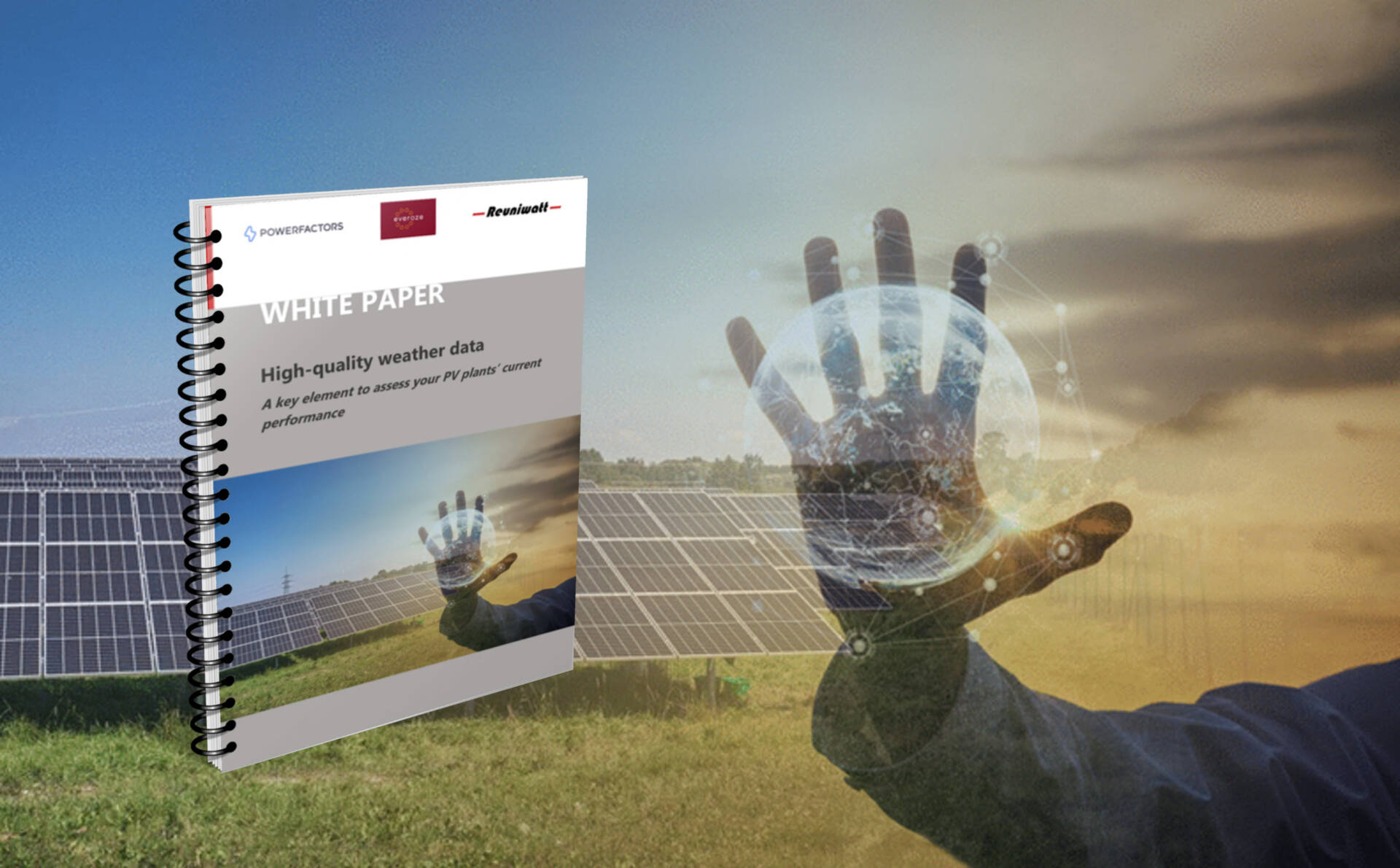Weather and environmental parameters are key factors affecting PV performance. Over the years, the accuracy of the yield prediction has increased. Still, the fundamental question remains when considering development of a new solar plant: how much energy will it generate?
Many parameters are subject to tough discussions between a project’s different stakeholders. One of them is future performance, and the question regarding solar resource holds an important role: in any place, its annual variability impacts the plant’s performance more than any other single parameter. An erroneous estimation during the pre-commissioning phase and/or when the plant is operational can have serious and sometimes unforeseen repercussions. The quality of the solar resource estimation, either measured on site or provided by satellite data, should be carefully checked and evaluated.
Solar resource assessment methods
Different methods exist to measure and estimate solar radiation components. But what are the most appropriate tool(s)?
Estimating solar radiation data from satellite data has been acknowledged as the best method if no local, well-calibrated weather station is available. It is also the best solution to obtain historical performance estimations. Its benefits include the reliable availability of high quality data in near real-time, and the fact that no on-site installations are required. Another option is the installation of instruments on-site, to obtain high-quality in-situ measurements. It is important, however, to remember that a sensor’s exact location is a key aspect, and any radiometer should be installed on a structure set up in the appropriate angle. In addition, calibration and especially maintenance play an important role in the performance of ground instruments. For troubleshooting, it is useful to verify whether the failures are specific to one sensor or if they are recurring over a period of time. Reliable and accurate irradiance data is crucial for establishing a robust foundation that serves both technical and financial business needs.
Learn more about Meteorological Data Quality
Many parameters must be taken into account to predict and monitor the performance of PV assets. But the complexity and refinements of those models tend to distract us from the fundamentals. A proper solar resource assessment is irreplaceable and should not be overlooked! The white paper High-quality weather data: A key element to assess your PV plants’ current performance published by Reuniwatt, Power Factors and Everoze allows you to learn more about:
- the importance of irradiance data
- installing and maintaining ground instruments
- the advantages of satellite-based irradiance estimations
- the essential role of irradiance data in solar plant operations.
 About Reuniwatt (www.reuniwatt.com)
About Reuniwatt (www.reuniwatt.com)
Reuniwatt is a major player of the solar radiation and cloud cover assessment and solar and wind power forecasting. Based on solid Research and Development works, the company offers reliable products and services intended for professionals of various fields, making the best out of two key facets of the meteorology: atmospheric physics and data sciences. A particular focus has been placed on solar energy forecasting, while developing cutting edge solutions to improve the short-term prediction of the solar resource.
The company has won many grants, including H2020’s SME Phase 1 programme, which makes Reuniwatt a European Champion with regard to innovation. Reuniwatt has also been selected among the national fast-growing companies to join the prestigious French Tech 120 programme in 2020 and 2021, and the French Space Tour 2021

